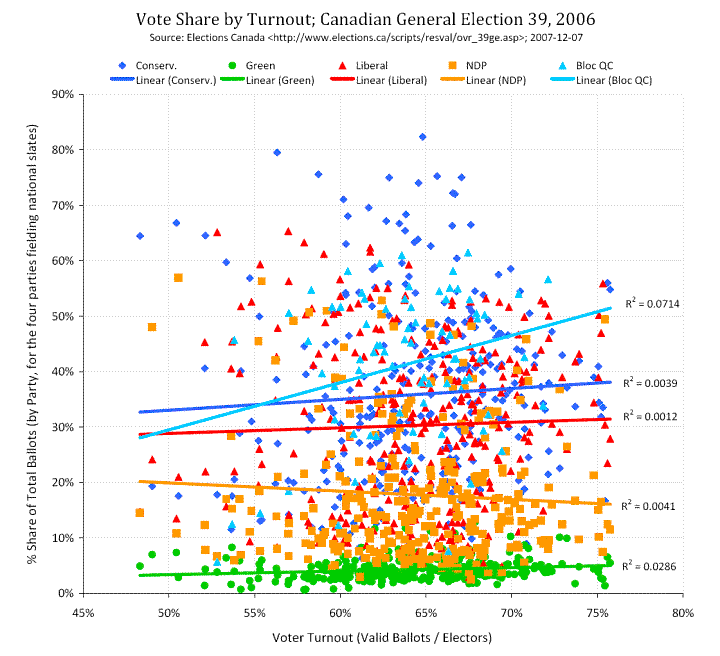Many Americans share this concern. In a 2007 Pew survey, 49 percent of Americans described themselves as having "few tech assets" and said that constant connectivity was an annoyance, not a liberation.
But young people don't seem to have (yet, anyway) developed the same sense of aggravation toward technology that forces them to multitask. Many choose to do so, in fact. The Kaiser Family Foundation found in a study this year that most junior high and high school students train themselves early in the dark arts of multitasking, with most listening to music or watching TV while they read books or surf the Internet. 30 percent of students even multitask while doing their homework.
Will these students feel the multitasking pinch when they grow up to become the new generation of "knowledge workers," or will constant exposure to interruptions make them more adept at handling the massive torrent of information that flows through modern computers and cell phones? Or is the "do more things at once philosophy" simply a dead end that produces only monstrosities, like the Internet-connected refrigerator we've heard so much about?
We should probably add to it calorie-, TV-, guns-, and other overloads that we've been suffering for years now. Though, I am yet to hear anything about vacation overload :)

